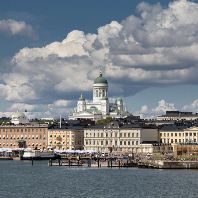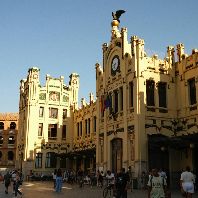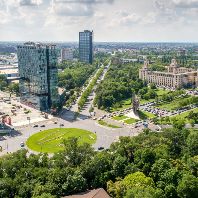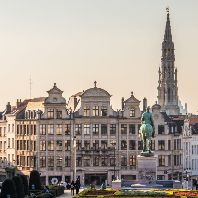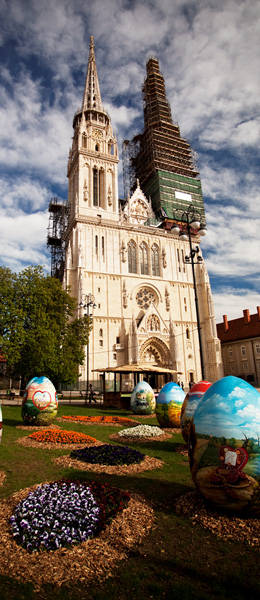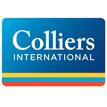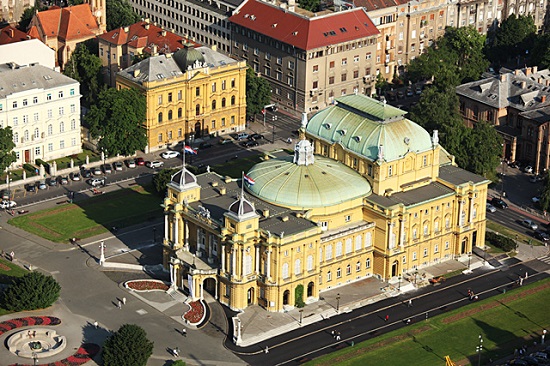 ECONOMIC OUTLOOK
ECONOMIC OUTLOOK
Croatia’s economy is mostly dependent on Zagreb, which acts as an important crossroad for international businesses in Central Europe, the Mediterranean and the Balkans.
With a population of 790,017 inhabitants, Zagreb has the highest GDP per capita among Croatian cities. After 6 years of recession, the economy is estimated to increase by 0.2 % in 2015 and 1.1% in 2016. Key threats to recovery are related to a continuing fiscal imbalance, an unattractive investment climate, high tax burden, and an inefficient judiciary. The country is expected to stagnate this year as the slow overhaul of state companies and deflationary pressure from abroad delay recovery. Croatia’s economic calamities have cut 12% off its GDP since 2008, the second-biggest contraction after Greece.
In January 2015 the government raised the tax-free portion of salaries, in the hopes of reviving private spending, which has shrunk since the crisis started in 2009. INVESTMENT MARKET
INVESTMENT MARKET
The investment volume in 2014 reached approx. €268.6 mln. The retail segment saw one big transaction in H2 2014; Cascade Mall in Zagreb was sold to a local investor for approx. €23.5 mln. Yields in the retail sector are at 8.5% while in the office market they stood at 8.5%. Prime industrial yields are set at 11% due to the specific market conditions which remain unchanged. The prognosis for 2015 - investors will search for higher returns on their investments due to low market liquidity and risk aversion. Apart from the HTL market sector, significant investment volumes are expected in the retail segment; since those are typically huge cash park investments this will add a large portion of volume in 2015. Moreover, increased investment volume is expected particularly due to the upcoming privatizations in the hotel sector.
 OFFICE MARKET
OFFICE MARKET
At the end of 2014, total office supply in Zagreb stood at 1,252,806 m² including A and B class competitive, owner-occupied and mixed-occupied buildings.
The majority of office supply is located in the city center, while the least favorite submarkets are located at city outskirts. Total office activity in Zagreb shows a significant increase in transaction activity and signs of market recovery. Therefore the demand for quality office space rose at the beginning of 2015. Total available stock in Zagreb at the end of 2014 was estimated at 181,656 m².
New office completions in 2014 amounted to 19,406 m² of space including VMD Kvart Strojarska building A, Sigma and Sindikalni dom.
The prime headline rent has been stable for the past few years and currently stands at approx. €14 - 15/m²/month. The average rent for grade A buildings is slightly decreasing and currently stands at €12/m²/month, while the secondary rent across the city is recorded between €8 and €11/m²/month.
 RETAIL MARKET
RETAIL MARKET
Zagreb’s shopping center market is oversaturated and developers are shifting their attention toward small-sized and specialized shopping malls in the capital. There are still investment opportunities, especially in secondary cities where retail parks could be the most appropriate solution considering the smaller catchment area and purchasing power.
During H2 2014 demand for retail space was driven by international brands already present on the Croatian market but also by new entries such as: Polish fashion retail group LPP, Lego, Decathlon, M.A.C.
Average rent in prime shopping malls ranges between €20 and 22/m2/month and at the high street locations average rent ranges between €60 and 70/m2/ month.
Ikea Swedish furniture retailer opened its first department store in the eastern part of Zagreb in August 2014.
High street in Zagreb still lacks big size (>500m2) retail spaces, even though demand is growing. In 2014, Zagreb experienced significant growth of restaurant and coffee concepts in the city center, which correlates to domestic and tourist demand.
 INDUSTRIAL/LOGISTICS MARKET
INDUSTRIAL/LOGISTICS MARKET
The industrial and logistics sector remains the least developed real estate sector in Croatia and is characterized by a lack of modern class A warehouse supply. The Zagreb area has a total stock of industrial and warehouse space close to 800,000 m2. Companies have begun to develop their own premises or use turn-key projects instead of leasing. With the future development of the new Zagreb International Airport over the next years, logistic activity is expected to increase in the area of Velika Gorica.
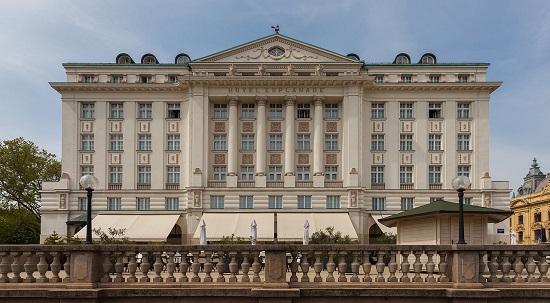 HOTEL MARKET
HOTEL MARKET
The hotel and hospitality market sector is currently the most attractive sector for developers and investors, proven by several transactions in 2014, continuing the upward trend which started in 2013. Cumulatively from January to November 2014, the Croatian Bureau for Statistics recorded 12.9 million arrivals and 73.17 million overnights which represent YoY growth of 4.6% and 2.0% respectively in that period.
According to the Zagreb tourist board, the number of
tourists visiting Zagreb
in August 2014 amounted
to 111.405, reaching 180.947 overnights, which is a 14% increase in arrivals and a 21% increase in overnights, compared with the same month in 2013. Tourists who visited Zagreb are mainly from Spain, Germany, Italy, South Korea and France.
If you would like to promote your city, please contact us



